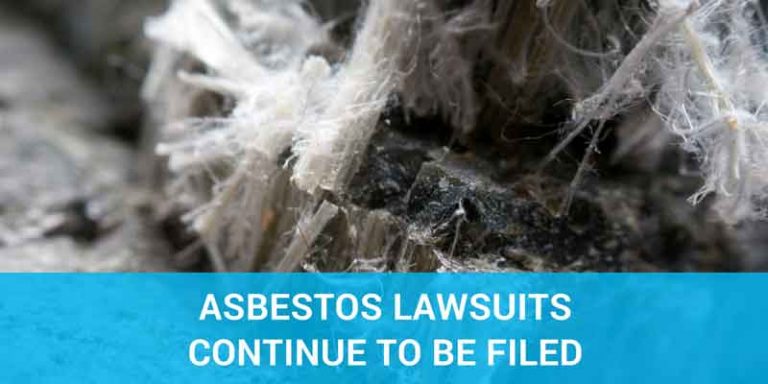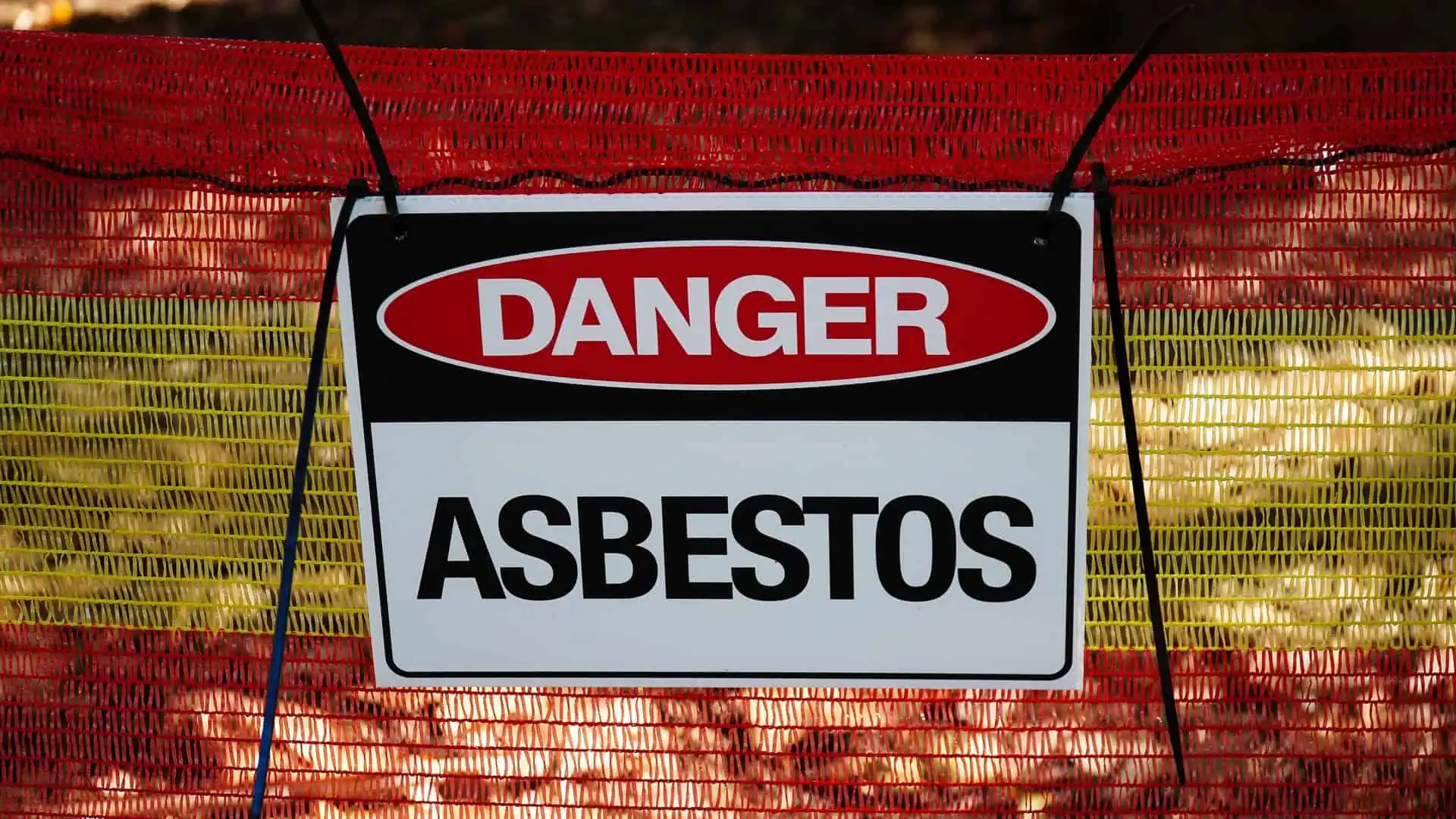Asbestos Still Dangerous, But Remains in Use
- Last Updated: August 4th, 2023

Attorney Jessica Paluch-Hoerman, founder of TruLaw, has over 28 years of experience as a personal injury and mass tort attorney, and previously worked as an international tax attorney at Deloitte. Jessie collaborates with attorneys nationwide — enabling her to share reliable, up-to-date legal information with our readers.
Legally Reviewed
This article has been written and reviewed for legal accuracy and clarity by the team of writers and legal experts at TruLaw and is as accurate as possible. This content should not be taken as legal advice from an attorney. If you would like to learn more about our owner and experienced injury lawyer, Jessie Paluch, you can do so here.
Fact-Checked
TruLaw does everything possible to make sure the information in this article is up to date and accurate. If you need specific legal advice about your case, contact us by using the chat on the bottom of this page. This article should not be taken as advice from an attorney.
Asbestos Still Dangerous, But Remains in Use
Although asbestos was banned from use in insulation products more than 40 years ago, it remains in many old buildings.
It was also banned from use in various paper and flooring products as well as newly developed products that have no history of asbestos in their manufacturing under the Toxic Substances Control Act of 1976, which was updated by the Frank R. Lautenberg Chemical Safety for the 21st Century Act signed by President Obama in 2016.

Yet it’s not completely banned, despite calls from public health researchers to do just that.
According to the United States Environmental Protection Agency (EPA), more than one dozen products are still manufactured with asbestos, including cement products, disk brake pads and linings, and even clothing.
The U.S. is not alone in continuing the use of asbestos.
According to a 2013 study published in the International Journal of Occupational and Environmental Health, only 44 of the 143 countries that used asbestos in the 2000s have since banned its use.
Table of Contents
What is Asbestos?
Asbestos is heat-resistant fibrous silicate mineral that occurs naturally.
It has been used for centuries, becoming commercialized in the late 1800s and peaking in the 1970s.
The dangers of asbestos are not news.
Companies have known about these risks as early as 1920, thanks to research at the science and industrial levels.
Early on, asbestos was often considered a “miracle mineral”.
It was highly valued for its heat resistance, tensile strength, resistance to various chemicals and insulating properties.
While asbestos did protect against heat and fire, it also created dangers of its own.
Exposure to asbestos can lead to malignant mesothelioma and other diseases, such as lung cancer or asbestosis.
The Environmental Working Group estimates that about 15,000 Americans die from asbestos-related diseases every year.
Attempts to Ban Asbestos in U.S. Have Failed
Although the Murray Bill aiming to totally ban asbestos in the U.S. passed the Senate in 2007, it died in the House of Representatives.
The bill would have prohibited the importation, manufacture, processing, and distribution of products including asbestos in the U.S., covering all known types of asbestos and three other durable fibers with a similar structure to asbestos.
But among the compromises that were made to pass the bill, a sentence defining which products would be banned under the law was omitted, and it did not ban all asbestos-containing products from use in the U.S. Consequently, proponents of the bill withdrew their support.
In 2008, another bill was introduced to Congress to amend the Toxic Substances Control Act and ban more types of asbestos-containing products.
It also died in Congress and hasn’t been presented for a vote again.
Asbestos Lawsuits Continue to be Filed
Although the number of Asbestos lawsuits in 2016 declined from previous years, asbestos is still used in products.
This leads us to believe that lawsuits filed on behalf of individuals exposed to asbestosis will continue for a while.
Furthermore, while cases filed decreased in 2016, the number of mesothelioma cases filed increased by over 10% as of mid-2016.

Managing Attorney & Owner
With over 25 years of legal experience, Jessica Paluch-Hoerman is an Illinois lawyer, a CPA, and a mother of three. She spent the first decade of her career working as an international tax attorney at Deloitte.
In 2009, Jessie co-founded her own law firm with her husband – which has scaled to over 30 employees since its conception.
In 2016, Jessie founded TruLaw, which allows her to collaborate with attorneys and legal experts across the United States on a daily basis. This hypervaluable network of experts is what enables her to share the most reliable, accurate, and up-to-date legal information with our readers!
Here, at TruLaw, we’re committed to helping victims get the justice they deserve.
Alongside our partner law firms, we have successfully collected over $3 Billion in verdicts and settlements on behalf of injured individuals.
Would you like our help?
At TruLaw, we fiercely combat corporations that endanger individuals’ well-being. If you’ve suffered injuries and believe these well-funded entities should be held accountable, we’re here for you.
With TruLaw, you gain access to successful and seasoned lawyers who maximize your chances of success. Our lawyers invest in you—they do not receive a dime until your lawsuit reaches a successful resolution!
AFFF Lawsuit claims are being filed against manufacturers of aqueous film-forming foam (AFFF), commonly used in firefighting.
Claims allege that companies such as 3M, DuPont, and Tyco Fire Products failed to adequately warn users about the potential dangers of AFFF exposure — including increased risks of various cancers and diseases.
Depo Provera Lawsuit claims are being filed by individuals who allege they developed meningioma (a type of brain tumor) after receiving Depo-Provera birth control injections.
A 2024 study found that women using Depo-Provera for at least 1 year are five times more likely to develop meningioma brain tumors compared to those not using the drug.
Suboxone Tooth Decay Lawsuit claims are being filed against Indivior, the manufacturer of Suboxone, a medication used to treat opioid addiction.
Claims allege that Indivior failed to adequately warn users about the potential dangers of severe tooth decay and dental injuries associated with Suboxone’s sublingual film version.
Social Media Harm Lawsuits are being filed against social media companies for allegedly causing mental health issues in children and teens.
Claims allege that companies like Meta, Google, ByteDance, and Snap designed addictive platforms that led to anxiety, depression, and other mental health issues without adequately warning users or parents.
Transvaginal Mesh Lawsuits are being filed against manufacturers of transvaginal mesh products used to treat pelvic organ prolapse (POP) and stress urinary incontinence (SUI).
Claims allege that companies like Ethicon, C.R. Bard, and Boston Scientific failed to adequately warn about potential dangers — including erosion, pain, and infection.
Bair Hugger Warming Blanket Lawsuits involve claims against 3M — alleging their surgical warming blankets caused severe infections and complications (particularly in hip and knee replacement surgeries).
Plaintiffs claim 3M failed to warn about potential risks — despite knowing about increased risk of deep joint infections since 2011.
Baby Formula NEC Lawsuit claims are being filed against manufacturers of cow’s milk-based baby formula products.
Claims allege that companies like Abbott Laboratories (Similac) and Mead Johnson & Company (Enfamil) failed to warn about the increased risk of necrotizing enterocolitis (NEC) in premature infants.
Here, at TruLaw, we’re committed to helping victims get the justice they deserve.
Alongside our partner law firms, we have successfully collected over $3 Billion in verdicts and settlements on behalf of injured individuals.
Would you like our help?












